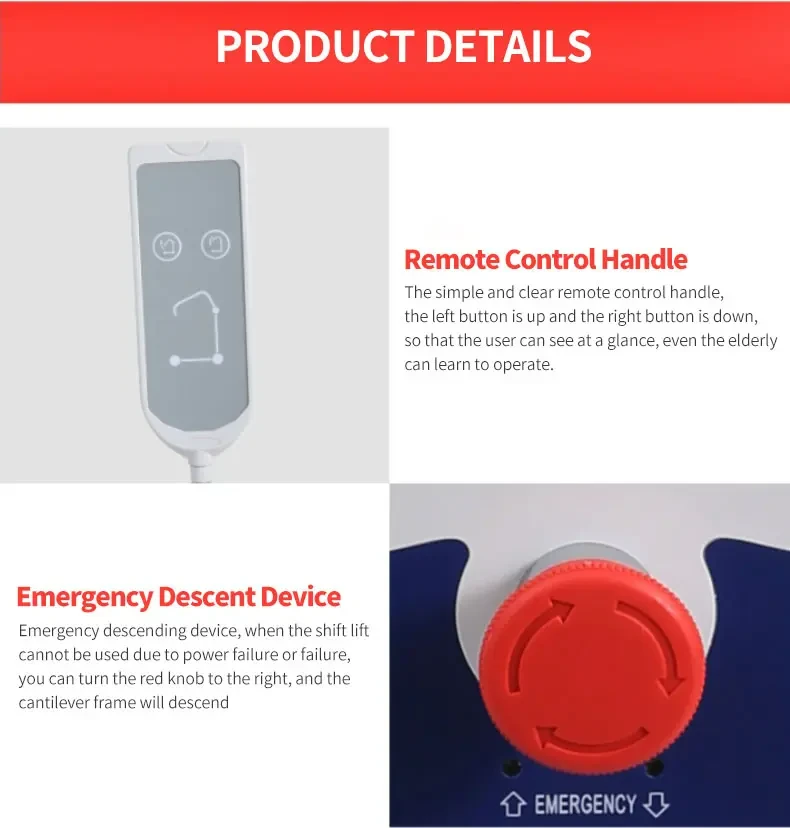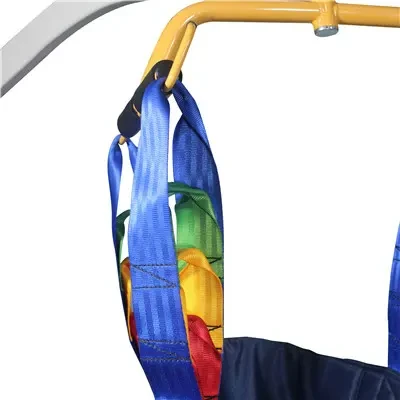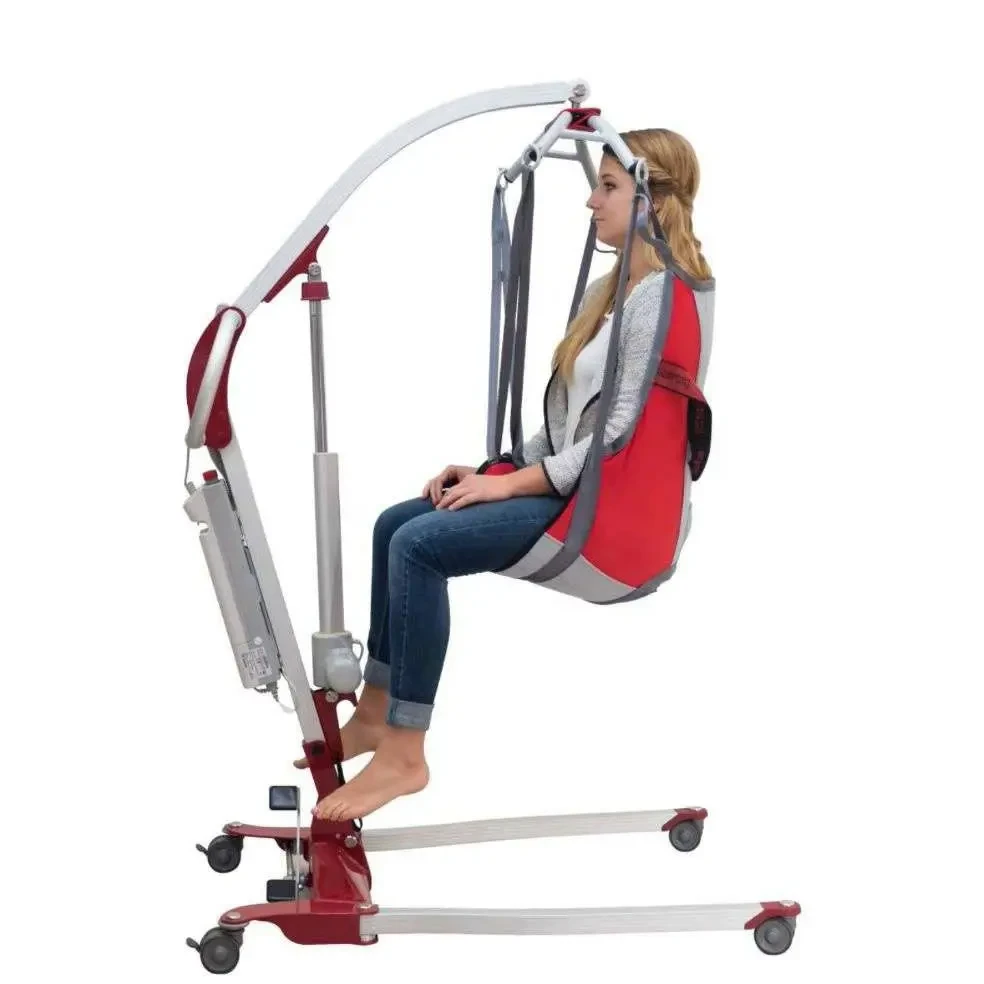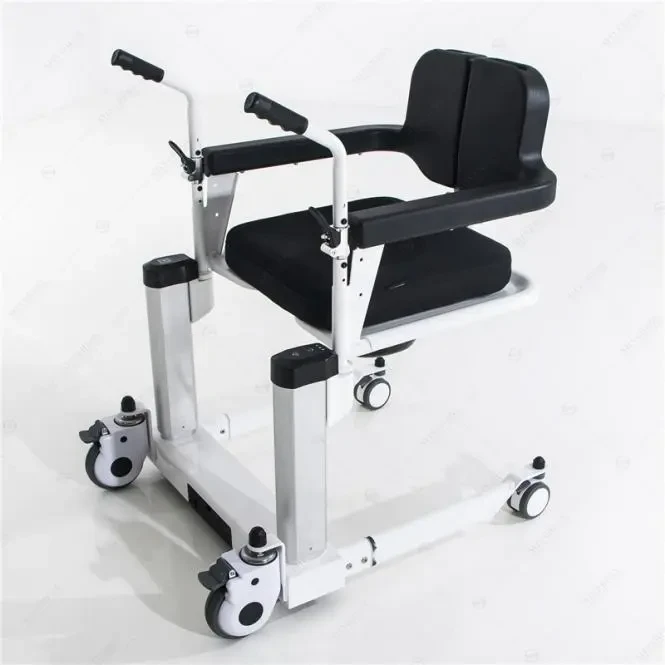Hoist Lift for Home Use : Choosing the Right Transfer
For individuals who need assistance with transfers at home, a hoist lift for home use can be a crucial piece of equipment. Choosing the right hoist lift is essential for ensuring safety, comfort, and successful transfer.
Importance of Home Use Hoist Lifts
Home use hoist lifts are designed to help individuals who have limited mobility or physical disabilities to transfer safely and comfortably within their homes. These lifts can be used to move individuals from bed to chair, from chair to toilet, or from one room to another. They can also help caregivers avoid back injuries by reducing the need for manual lifting.
Choosing the Right Hoist Lift for Home Use
When choosing a hoist lift for home use, there are several factors to consider:
1.The individual's level of mobility: Depending on the individual's physical abilities, different types of hoist lifts may be more appropriate. For example, a sit-to-stand lift may be suitable for individuals who can bear some weight on their legs, while a ceiling track lift may be necessary for those who are completely immobile.
2. Ease of use: The home hoist lift should be easy for both the caregiver and the individual to use. This includes features such as intuitive controls, comfortable slings, and easy-to-adjust height settings.
3. Multi-functionality: Some hoist lifts for home use come with additional features, such as the ability to adjust the angle of the sling or to move in multiple directions. These can be helpful for transfers that require more maneuvering.
4. Transfer speed: The speed of the hoist lift for home usecan impact both safety and comfort. A lift that moves too quickly can be jarring and uncomfortable, while one that moves too slowly can be frustrating and time-consuming.

Types of Home Use Hoist Lifts
There are several different types of hoist lifts available for home use:
1. Sit-to-stand lift: Sit-stand patient lifts is designed to assist individuals who can bear some weight on their legs but have difficulty standing up from a seated position.They are becoming more and more popular among home users .Due to their ease of use, versatility and quick transfer, patients generally feel more secure and confident in a sit-to-stand transfer because they can keep their feet underneath, which is very different from hanging in a sling patient lift.
2. Manual lift: Manual patient lifts are the type most commonly used in homes because they can be reimbursed by insurance and recommended by institutions. While manual patient lifts are the most common type, they are the most difficult for caregivers to operate and are not popular with patients due to the need to adjust the strap position and move the lift while the patient is suspended.
3. Electric home use lift: Electric patient lifts are convenient and efficient devices used to assist in the transfer and movement of patients within the home or healthcare facility. They provide a safe and comfortable transfer experience, with seat belts, side rails and stabilizing supports to ensure patient stability and safety. Easy to operate, control the operation of the lift through the control panel or remote control. With versatility, height, tilt angle and seat position can be adjusted to suit different transfer needs. Compared with manual lifts, electric patient lifts improve work efficiency, transfer patients quickly and smoothly, and reduce the burden on caregivers. It is suitable for different environments and can operate in narrow spaces.
Choosing the Right Sling for Hoist Lift
In addition to choosing the right hoist lift for home use, it is important to select patient slings come in a variety of shapes, sizes and materials, and choosing the right sling is critical to safe, comfortable and successful transfers. Some slings are U-shaped to allow the sling to fit without lifting the patient. The straps of the U-sling simply go under each leg. Furthermore, the sling can be removed after transferring the patient to the wheelchair, avoiding the patient sitting on the sling in the chair.
Other slings, commonly referred to as full body slings, require considerable adjustment by the patient to properly place the sling under the patient for lifting. This is a process for both the caregiver and the patient.It is important to consult with us to ensure that the correct sling is chosen.

Conclusion
Home use hoist lifts are an important tool for individuals with limited mobility or physical disabilities. Choosing the right hoist lift and sling is essential for ensuring safety, comfort, and successful transfer. At Excellent Wheelchairs, we offer a variety of hoist lifts for home use and slings to meet your specific needs. Contact us today to learn more about our products and services.


